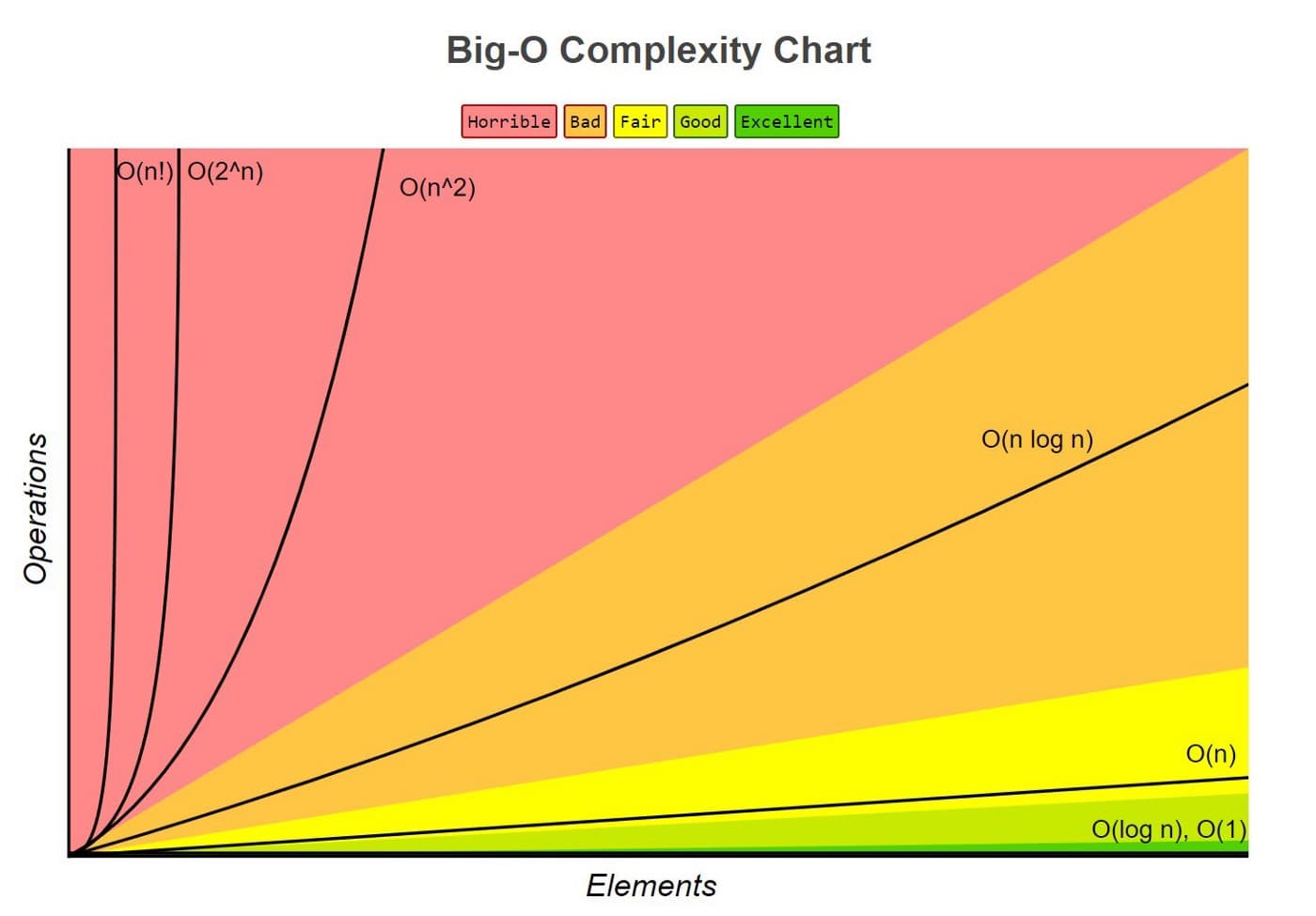khan Waseem
Fri Jan 27 2023
-4 min read
Complexity analysis of Data Structure and Algorithms

Complexity Analysis of Data Structures and Algorithms: A Comprehensive Exploration
In the realm of computer science, the efficiency of algorithms and data structures plays a pivotal role in determining the performance of software systems. Complexity analysis, often referred to as algorithmic complexity or time complexity analysis, is the process of evaluating how the resource requirements of an algorithm grow as the input size increases. This analysis involves studying the relationship between input size and the algorithm’s execution time or resource consumption. In this article, we delve into the intricacies of complexity analysis, its significance, different types of complexities, and practical applications.
Significance of Complexity Analysis
Understanding complexity analysis is essential for designing and evaluating algorithms and data structures. It provides insights into how an algorithm will perform in practice, allowing developers to make informed decisions about which algorithm to use for a particular problem. Complexity analysis helps answer questions like:
Efficiency Comparison: By analyzing the complexity of different algorithms for the same problem, developers can identify which algorithm performs better in terms of time and resource usage.
Scaling: As the input size increases, some algorithms might exhibit significant performance degradation, while others may remain efficient. Complexity analysis helps predict how algorithms will scale.
Resource Allocation: Complexity analysis aids in allocating resources efficiently. For example, in real-time systems, it’s crucial to ensure that algorithms execute within specific time constraints.
System Design: When designing large-scale systems, choosing algorithms with appropriate complexities can impact overall system performance and responsiveness.
Types of Complexity
Complexity analysis encompasses two primary types of complexities: time complexity and space complexity.
Time Complexity: Time complexity measures the amount of time an algorithm takes to run as a function of the input size. It is usually expressed using Big O notation, which provides an upper bound on how the running time grows in relation to the input size.
Common time complexities include:
O(1): Constant time complexity. The algorithm’s runtime remains constant regardless of the input size.
O(log n): Logarithmic time complexity. Algorithms with this complexity often divide the input into smaller parts, such as binary search.
O(n): Linear time complexity. The algorithm’s runtime grows linearly with the input size.
O(n log n): Linearithmic time complexity. Common in efficient sorting algorithms like Merge Sort and Quick Sort.
O(n^2): Quadratic time complexity. Often seen in algorithms with nested loops.
O(2^n): Exponential time complexity. Common in algorithms that generate subsets or permutations.
O(n!): Factorial time complexity. Rare but arises in highly inefficient algorithms.
Space Complexity: Space complexity measures the amount of memory space an algorithm uses as a function of the input size. Like time complexity, it is also expressed using Big O notation.
The space complexity is influenced by factors such as:
Input Size: Larger inputs might require more memory for storing data.
Variables and Data Structures: Memory needed for variables, arrays, lists, and other data structures.
Recursive Calls: Memory required for maintaining the call stack in recursive algorithms.
Space complexities include:
O(1): Constant space complexity. The algorithm uses a fixed amount of memory regardless of the input size.
O(n): Linear space complexity. Memory usage grows linearly with input size.
O(n^2): Quadratic space complexity. Often found in algorithms with nested data structures.
Practical Applications
Complexity analysis is crucial in various domains, including software development, system design, and algorithmic research:
Algorithm Selection: When multiple algorithms solve the same problem, complexity analysis helps choose the most suitable one based on input size and available resources.
Performance Optimization: Developers can analyze bottlenecks in algorithms and optimize specific parts to improve performance.
Database Query Optimization: Complex database queries can be evaluated for their efficiency using complexity analysis, aiding in query optimization.
Network Routing: In networking, complexity analysis assists in designing efficient routing algorithms for data packets.
Cryptography: Analyzing the time complexity of cryptographic algorithms helps determine their susceptibility to brute-force attacks.
Compiler Design: Complexity analysis guides the development of efficient compilers that translate high-level code to machine code.
Challenges and Considerations
While complexity analysis is a powerful tool, it comes with challenges and considerations:
Simplicity vs. Accuracy: Simplified complexity analysis might not capture real-world scenarios accurately. Factors like memory hierarchy, caching, and hardware can impact performance.
Best- and Worst-Case Analysis: Algorithms may exhibit different complexities in best-case, average-case, and worst-case scenarios. Developers need to consider various scenarios.
Amortized Analysis: Some algorithms exhibit occasional spikes in complexity but are efficient in the long run. Amortized analysis considers these patterns.
Trade-offs: Achieving lower time complexity might result in higher space complexity, and vice versa. Trade-offs should be carefully evaluated.
Real-World Inputs: Complexity analysis often relies on mathematical models, which might not accurately reflect real-world input distributions.
Conclusion
In the ever-evolving landscape of computer science, complexity analysis remains a cornerstone for designing efficient algorithms and data structures. It empowers developers to make informed decisions about algorithm selection and system design, leading to software systems that are responsive, scalable, and optimized for resource consumption. By mastering complexity analysis, developers gain the tools needed to navigate the trade-offs between execution time and memory usage, ensuring that software solutions meet the demands of modern computing environments.